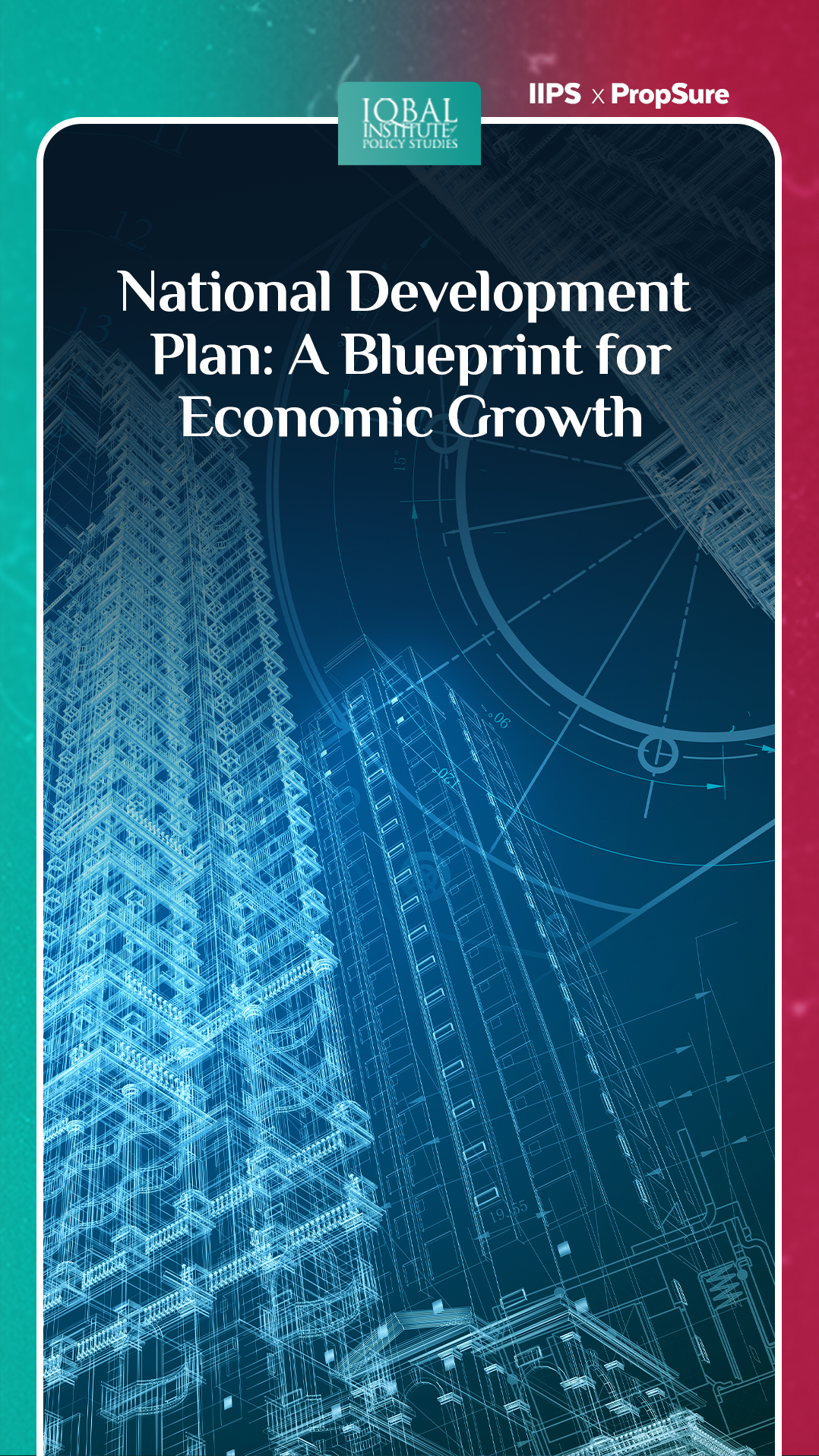As its name suggests, a national development plan is a comprehensive, long-term strategic framework that provides a blueprint for a country’s development priorities and objectives. By furnishing a roadmap for a country’s economic, social, and political progress over a certain period, it significantly endeavours to guide a development process that is intrinsically capable of achieving an optimal growth potential through efficient resource utilisation. In a bid to achieve this comprehensive strategic framework, the National development plan typically addresses a wide range of issues, such as poverty reduction, economic growth, infrastructure development, education, health, and environmental protection.
A National Development Plan is the most significant framework in terms of its ability to provide strategic direction, long-term vision, efficient recourse allocation, a predictable and stable business and policy environment, and a tangible accountability and monitoring mechanism to gauge the overall progress towards development objectives being set forth in the development plan. This long-term perspective also enables policymakers to anticipate and prepare for future challenges and opportunities and make investments that will yield benefits over a longer period. This strategic direction also helps to align the efforts of different government agencies, civil society organisations, and the private sector towards common goals and enables better coordination and resource allocation.
In a given backdrop, it is important to discuss that a number of Five-Year Economic Plans were formulated to guide Pakistan’s national economy since its inception. This centralised system was then replaced with Medium Term development framework (MTDF) to strengthen the national economy and civil infrastructure. MTDF aimed to move towards competitiveness through higher private-sector investment to improve total-factor productivity (TFP). Similarly, the first long-range development plan, vision 2030, was launched in August 2007 by the Planning Commission with an aspiration to steer the country’s growth in a sustained and inclusive environment. Moreover, the most recent national development plan, the “Pakistan Vision 2025”, was launched in 2014 with a clear objective to transform Pakistan into a middle-income country by the year 2025. This vision was based upon the fundamentals of sustained, inclusive and equitable growth, energy, water and food security, and the promotion of good governance. Several priority areas were identified, including infrastructure, energy, agriculture, education, health, and human development. However, the country’s sheer lack of resources, political instability and security environment is badly affecting the plan’s implementation and effectiveness.
Apart from these initiatives taken by the government, it is encouraging to note that the country’s private sector is also playing a significant role towards building a comprehensive strategic framework that can effectively guide the country’s development strategies and approach. Pakistan National Development Plan, Vision 2047, launched in November 2022 by the IMARAT Group of Companies, is one such initiative that deserves attention. In an effort to modernise the entire approach and methodology of the process, the group has endeavoured to align the National Development Goals with SDGs (Sustainable Development Goals). Vision 2047 aims at Inclusive-Cities, Integrated Regional Development, Environmental Sustainability, Ease of Doing Business, Prop Tech Interventions, Data-Driven Decision Making, Invest Right Initiatives and Strategic Spatial Development. By incorporating land use analysis, development trends in planned and unplanned areas, habitational analysis, market survey analysis, land suitability analysis and growth trend analysis, this overarching framework is going to be orchestrated. This all-encompassing vision is planned to be completed in four phases. As part of the first phase, this plan is already matured to be executed in Islamabad, the Capital territory. In doing so, complete demographic realities along with regional connectivity, inter and intra-city connectivity, land use land cover (LULC), habitational analysis, area character, housing situation, commercial area analysis, land suitability analysis, price index, water infrastructure, sewerage system, solid waste collection and sui gas availability in Islamabad have already been mapped. On the basis of mapping every single detail as mentioned above, a central business district is proposed that will ensure a need-based and demand-driven economic activity. With all its comprehensive methodology, this overarching framework will promote a culture of Best Use and Invest right initiatives in every sector of the economy with the advantage of having inclusive, integrated, sustainable, data-driven and technology-oriented growth models. Initiatives like these, if effectively implemented, will certainly act as a watershed in a country’s checkered history of economic growth.
This article is written by Sayyid Mubasher Gilani. He is a Content Writer at the PropSure Digital Solutions Pvt Limited.



Leave a Reply